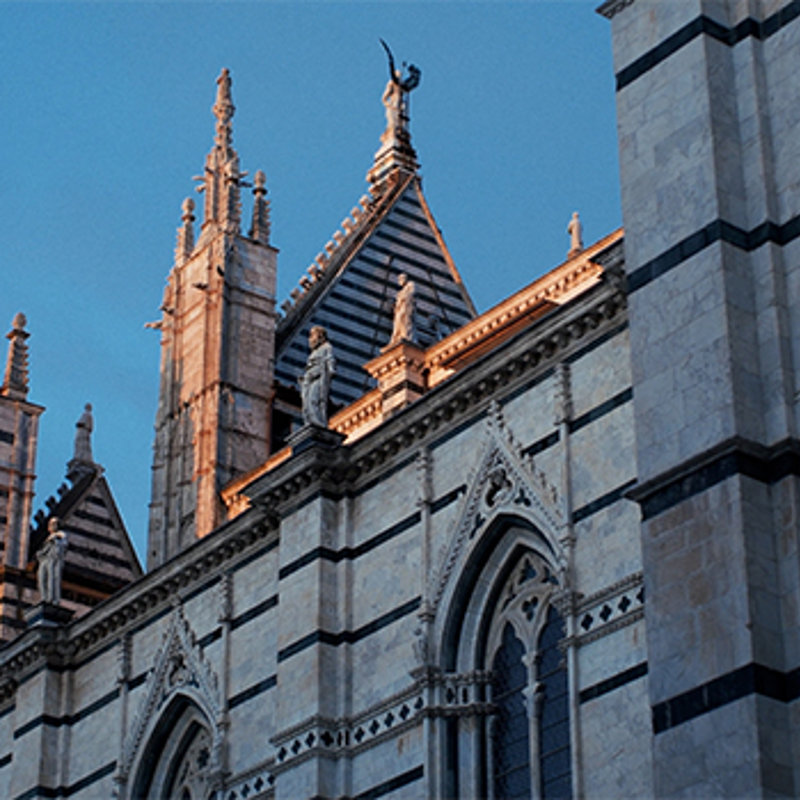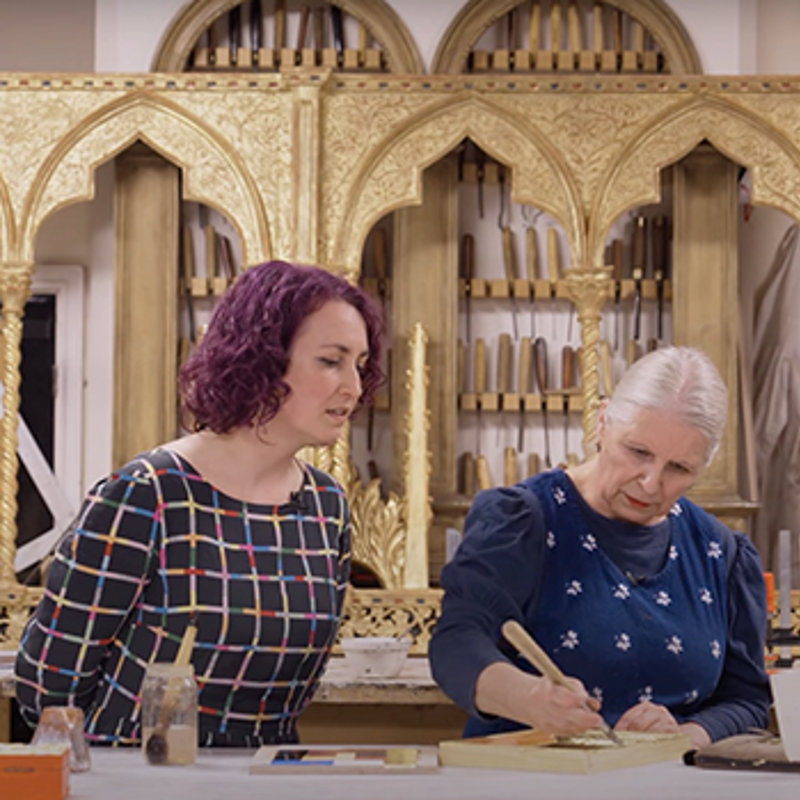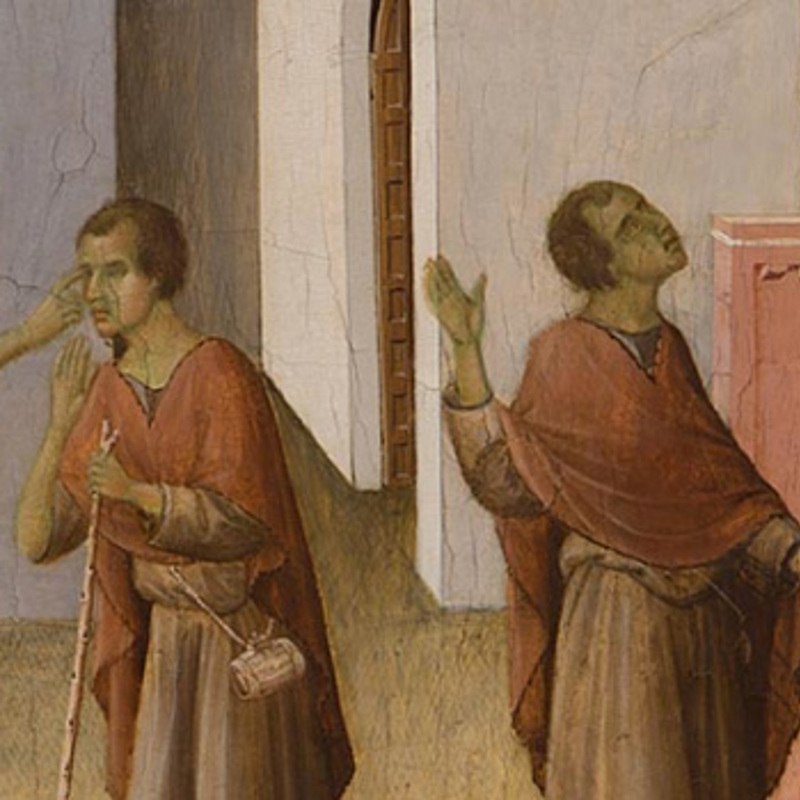Central panel
The central panel in the main tier usually represents the saint to whom the altar is dedicated. In altarpieces for high altars, this is often the saint to whom the whole church is dedicated, whereas in a side chapel it would be the dedicatee of that specific altar.
Side panels
The side panels generally depict saints associated with the figure in the central panel. They may also represent the name saints of the patron, or other saints to whom the patron or institution had a particular devotion.
Roundels
Roundels are circular panels inserted into the frame of the pilasters.
They often depict a saint or archangel who has a special association with the church or perhaps with an associated or neighbouring church.
They may also represent the name saint of a priest or prior of the church.
Spandrel
The spaces between the outer curve of an arch and the rectangle made by the mouldings enclosing it. Spandrels are often adorned with decorative motifs or raised ‘pastiglia’ (painted or gilded plaster).
Pinnacles
Pinnacles are the topmost panels of an altarpiece. The central pinnacle is often reserved for images of Jesus or God the Father. Side pinnacles often depict Old Testament prophets or read as a pair, depict the angel Gabriel and the Virgin at the Annunciation.
Pilasters
Pilasters are vertical columns which frame an altarpiece. The are usually flattened and rectangular.
The saints shown on pilasters usually represent the name saints of the patrons, or saints to whom neighbouring or associated churches were dedicated.
Predella
The long supporting plinth below the main tier. Generally, predellas are decorated typically with narratives from the life of the saints depicted above.
The narratives were not always arranged in chronological order. Sometimes the most significant scene was placed at the centre. Predellas also sometimes consist of a series of individually framed saints.
Pilaster bases
The pilaster bases are panels located at either end of the predella. Structurally that are part of the base of the pilaster.
Pilaster bases usually depict a saint associated with the church. Sometimes they were reserved for the coat of arms of the patron.




















